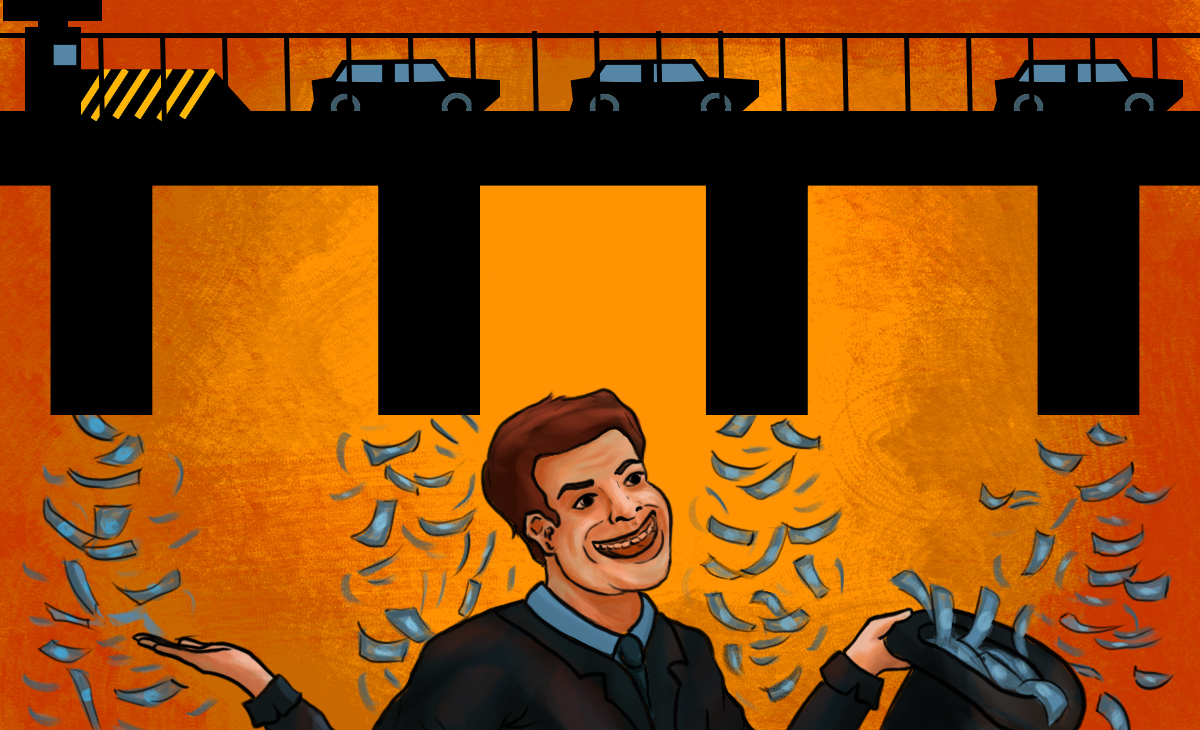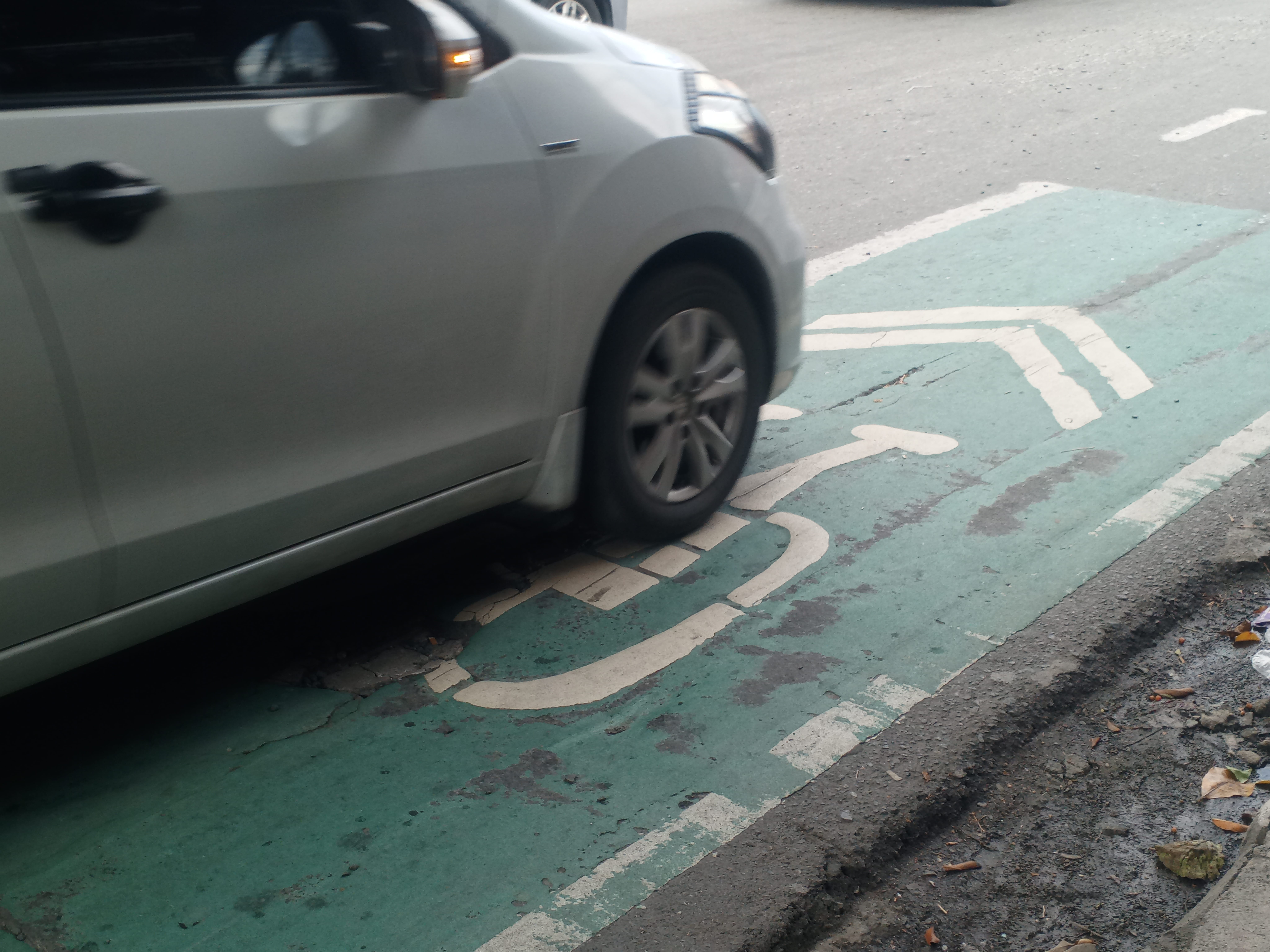A stroll by the Pasig River fascinates one with sights of heritage such as the walled district of Intramuros, Hospicio de San Jose, and Malacañang Palace to name a few. For many years, the Pasig River, aptly named “Ilog ng mga Pilipino,” serves as the cradle of Philippine history and civilization as it aided the interisland trade as early as the Spanish occupation.
Filipinos and foreign tourists have come to know the Pasig River and its history. The Pasig River, with its system of small rivers and tributaries, has supported Metro Manila over the years. However, it has become the main basin of pollution and waste from the cities. Around 30 percent of river pollutants originate from industries that generate metal pollutants. Solid wastes are also thrown into the tributaries of the Pasig River due to a lack of disposal facilities.
With the proposal of the Pasig River Expressway (PAREX), life along the river is not expected to improve.
A Conundrum
In 2021, the San Miguel Corporation (SMC) proposed the PAREX, a 19.37-kilometer hybrid expressway that would connect Manila to Rizal. Aside from providing access between the capital’s western and eastern cities, the project would also supposedly help decongest heavy traffic in R-10, EDSA, and C-5, as well as secure stable infrastructure for the road transport system in the country.
The Toll Regulatory Board (TRB) and SMC signed the Supplemental Toll Operations Agreement (STOA) for PAREX on September 21. The public-private partnership road project, amounting to P95 billion, will be fully funded by SMC. In addition, SMC will also invest P2 billion in the rehabilitation of Pasig River.
"Through PAREX, we will solve traffic and congestion, provide jobs for thousands of Filipinos, boost productivity, improve people's daily commutes, address flooding, and save the Pasig River itself. This is what it means to help make Metro Manila truly livable again," said Ramon Ang, president of SMC, in a statement.
But several groups including Move As One Coalition, Citizens’ Budget Tracker, AltMobility PH oppose the project as it will aggravate the traffic problem rather than address it. Rather than basing their urban plans on car-owners, the government should primarily consider the needs of the majority—those who use public transportation.
“More roads equals more traffic. Mas maraming kalsada, mas maraming tao actually bibili ng kotse. To combat that, sana yung pondo na ibibigay sa pag-build ng kalsada, ibigay na lang para ma-improve ang public transport natin kasi ito yung nagke-cater sa 88 percent ng Pilipino na hindi naman afford ang kotse,” Reycel Bendaña, member of Move As One Coalition, shared in one of Rappler’s community show.
More cars would bring increased air and noise pollution, degrading the Pasig River and its ecosystem further. This would also jeopardize the residents along the riverbank.
In a press conference led by Move as One Coalition, Miguel Lopez, a resident by the Pasig riverbank, expressed his worries about the project. The Pasig River might be more prone to overflowing in the same way during Typhoon Ondoy in 2009. He reasoned that dumping by the river will not only result in increased urban heat, but also in the possible flooding of the community in situations of natural disasters.
“Yung proposal to build a massive grey infrastructure, 3.7 kilometers, six lanes, sa ibabaw ng ilog, it begs the question: Para kanino itinatayo ang istraktura nito?” Ira Cruz, director of Altmobility PH, said during the press conference.
Lost History for Profit
The Pasig River served many roles in trade, commerce, transportation, and history even before the Philippines as a nation came into being. It withstood empires, colonizers, and administrations—and remain that way it must. However, the river’s history might be forgotten and buried if PAREX is pursued.
On April 26, Renacimiento Manila, an artists heritage advocacy group, shared a list of 40 existing structures in Pasig riverbanks that play a key role in boosting tourism in the country. Building up concrete along the river banks cuts off the living connection of Filipinos to the history of the Philippines for more than 500 years.
In a statement, Renacimiento Manila said structures may lose cultural significance due to the reshaping of the landscape which eventually robs the Tagalogs of their identity.
To defend his project, Ang claims that Pasig River has been considered biologically dead for a long time with no fish growth and incapability to sustain life.
“Hindi biologically dead [ang ilog]. Nag-improve na po ang Pasig River over the years. Why not through Pasig River, ang gawin na lang natin ay mas buhayin pa siya?” Bea Dolores, member of Renacimiento Manila, said.
The Duterte administration is known for its concentration in infrastructure building, which paved the way for the implementation of projects like PAREX. However, the enthusiasm to expedite these infrastructure projects at the expense of tangible cultural artifacts, the environment, and more importantly, the livelihood of residents, speaks volumes on the lengths the state will go to in the name of satisfying private interests.
For The Masses and The Country
With all its implications, groups and individuals advocate for alternatives to the PAREX.
Sunny Sevilla of Move As One Coalition believes that optimizing already existing East-West roads, such as Ortigas Avenue, J.P. Rizal Avenue, and Marcos Highway, will enhance the mobility of people which is vital for traffic decongestion.
“So that without spending so much money, the needs of public transport users, people who are riding on jeeps, buses, or other forms of public transport can move. Many more can move faster than they do today,” Sevilla said.
Sevilla emphasized that improving public transport connections from ferry stations to commercial areas to contribute to the mobility of the citizens is more effective than the PAREX, even in its optimal use.
Reach Penaflor, spokesperson of Green Party of the Philippines and former member of Pasig River Rehabilitation Commission, adds that investing more in ferries and ferry stations, and creating interconnection from the ferry stations towards the Metro Rail Transit and the Light Rail Transit would be more beneficial.
Promoting the use of existing roads and ferries leads to successful traffic decongestion. Bottleneck roads exist not because of the lack of roads but rather because of under-utilization and improper use of resources. Providing alternative modes of transportation allows more convenience and space for public commuters in the country.
In 1971, the Cheonggyecheon stream in South Korea had a 5.8-kilometer highway to supposedly ease the traffic in the area. However, it had adverse effects on the community due to massive traffic volumes and increased air and noise pollution. In 2003, then Mayor Lee Myung-bak, who eventually became the president of South Korea, headed the Cheonggyecheon Restoration project by demolishing the highway which resulted in more sustainable transport, preservation of cultural heritage, and provision of natural habitats.
With all cards on the table, the question stands: If setting aside private interests for the welfare of communities is possible, then what makes it difficult for the administration to do the same in the Philippines?
A stroll by the Pasig River will never feel the same way once PAREX is built over it. The new view of the river will represent the temerity of companies and how far they would go for profit. But now that alternative and actual solutions are still available, it is high time that private interests take a backseat when it comes to projects which hold the lives of the masses. ●







